Exploring the Art of Pottery
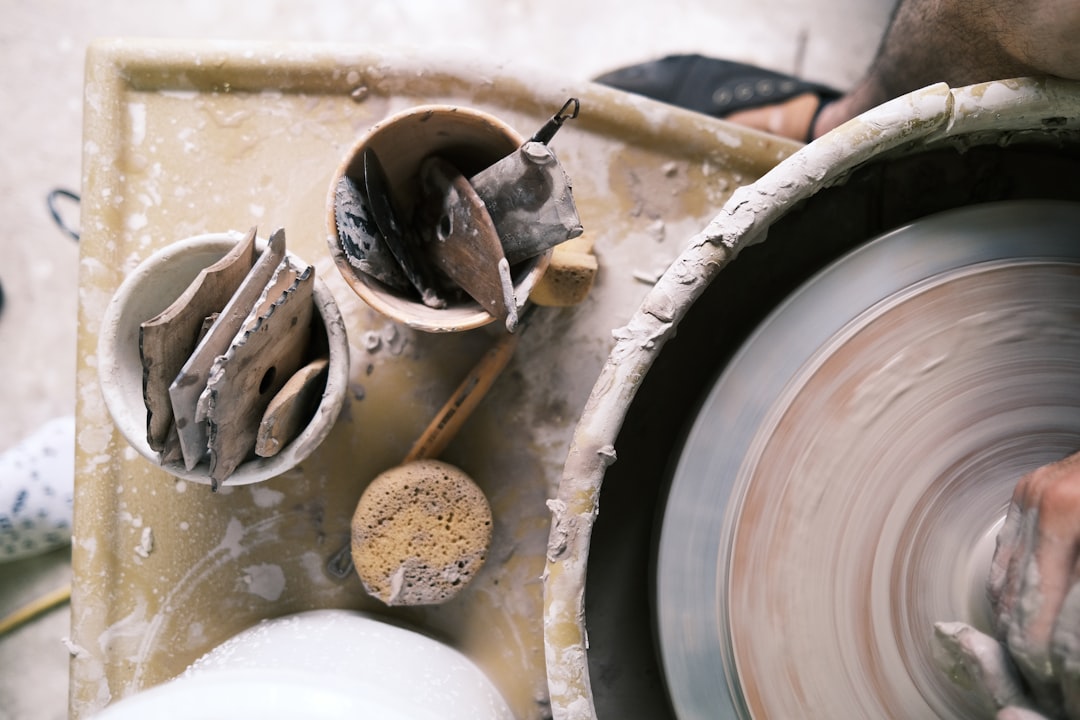
Pottery is a craft that has fascinated people for centuries. Whether you’re a beginner trying to get your hands in the clay for the first time or a seasoned artisan looking for new inspirations, the world of pottery offers endless possibilities.
Understanding Basic Pottery Shapes
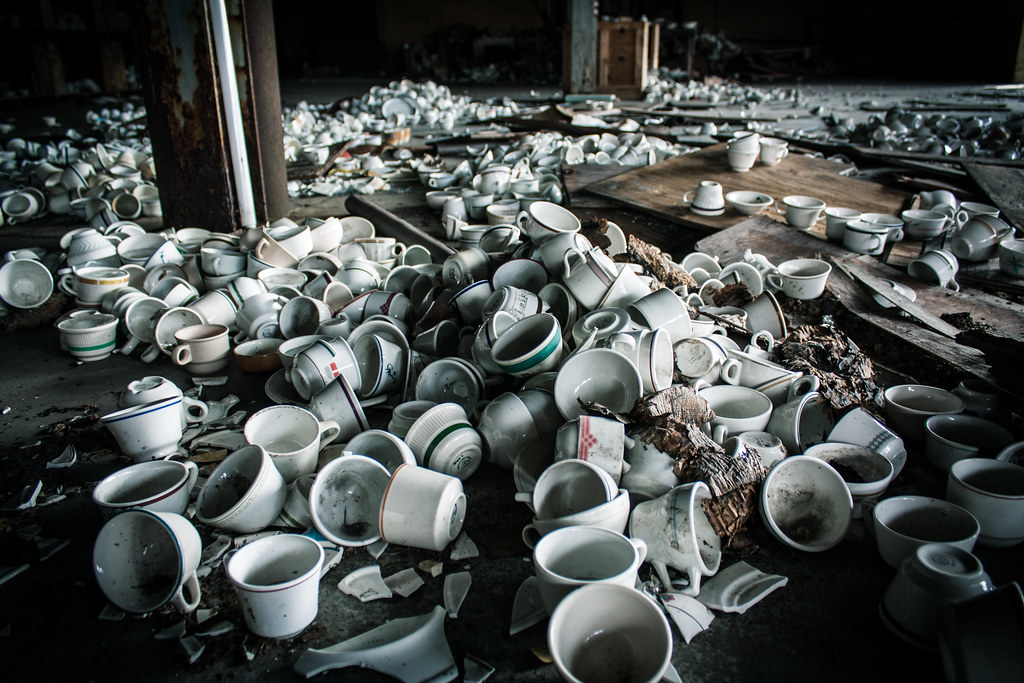
One of the foundational aspects of pottery is mastering the basic shapes. These shapes serve as the core building blocks for more complex designs. For a comprehensive understanding of these essential forms, check out this ultimate guide for ceramics.
Creative Designs with Bowl Pottery
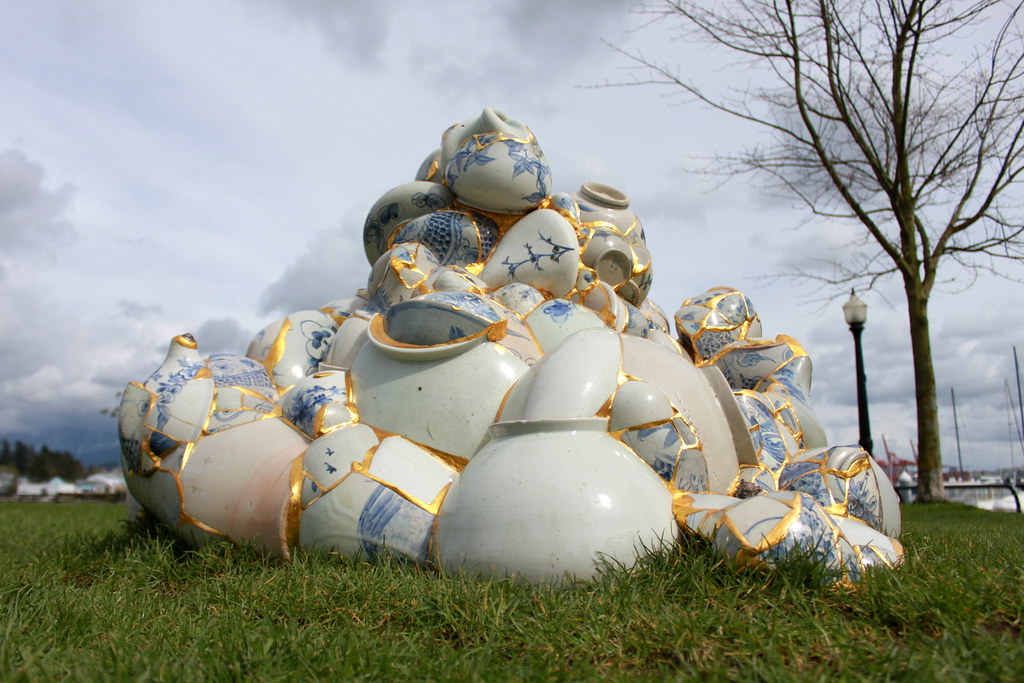
Once you have a good grasp of the basic shapes, you might want to explore more creative designs such as those for bowls. From simple functional forms to intricate decorative pieces, bowls can offer a great canvas for creativity. Learn some creative designs for every skill level to inspire your next pottery project.
Mastering Pottery Joining Techniques
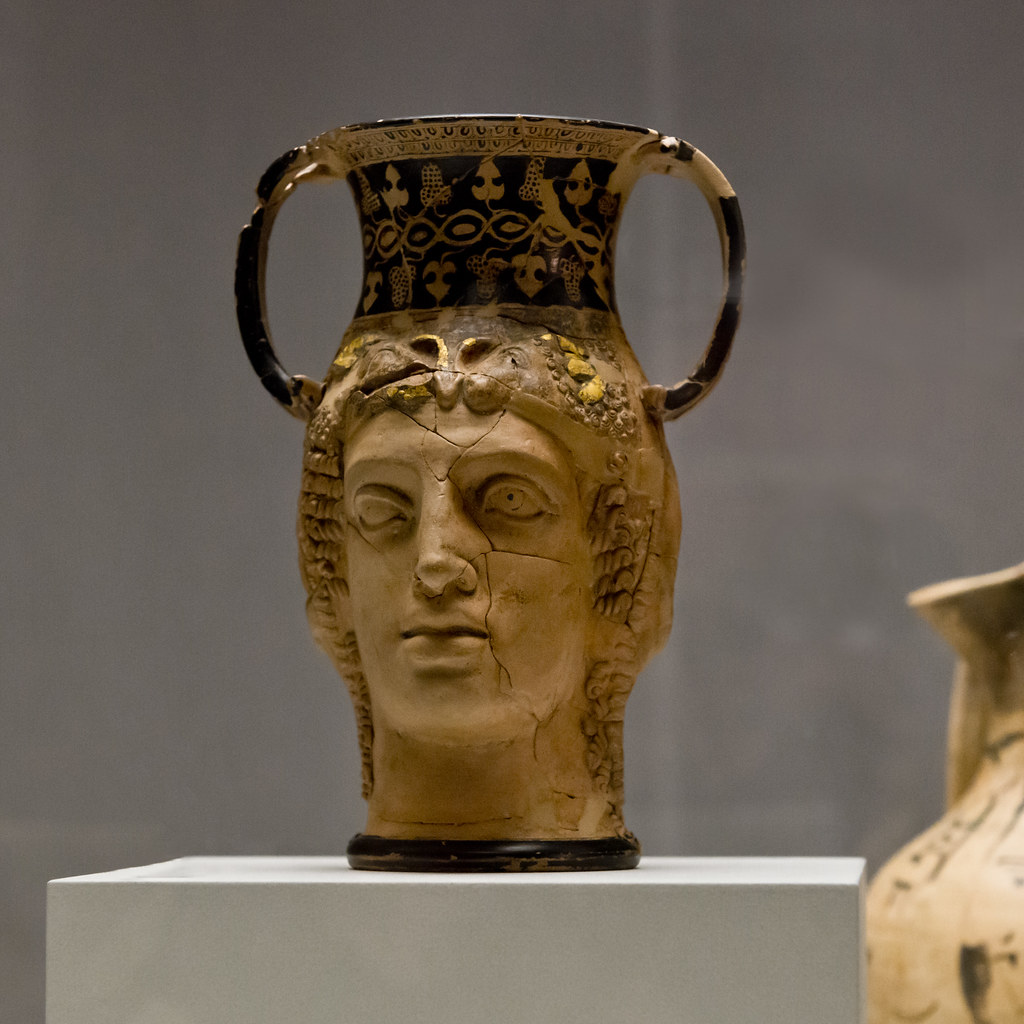
Another crucial skill in pottery is perfecting the techniques for joining clay pieces. Scoring is one such technique that ensures stability and integrity in your pottery work. To excel in joining clay pieces, explore these essential techniques for perfect clay joins.
Getting Started with Beginner Ceramics
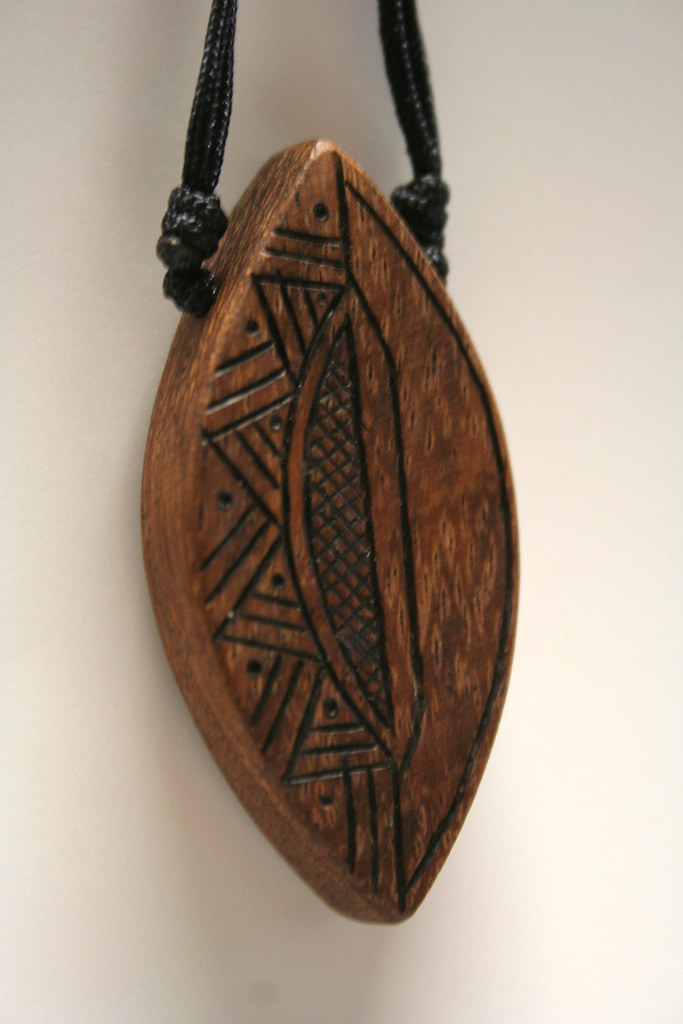
For those new to pottery, starting out can sometimes feel overwhelming. A step-by-step approach tailored for beginners can be incredibly beneficial. Dive into our comprehensive guide to mastering pottery to ease your way into this creative journey.
Stay Updated with Recent Trends
The field of pottery is always evolving with new techniques, tools, and artistic styles emerging regularly. To stay updated on the latest trends and ideas in the pottery world, visit our recent articles page and explore the latest in the industry.
What’s the easiest thing to make in pottery?
Ready to get your hands dirty and explore a few beginner-friendly projects? Here are some ideas to help you gain confidence while having fun with clay:
• Pinch Pots. Pinch pots are typically small, making them an ideal starting point for those learning handbuilding. Their simplicity helps you focus on basic shaping and feeling the texture of the clay.
• Slab Pottery Ideas. Slab building allows you to form flat pieces of clay into boxes, trays, or plates. It’s a great way to experiment with shapes and incorporate decorative elements.
• Pottery Painting Ideas. Even simple shapes can shine with a bit of colorful glaze or underglaze. Painting encourages creativity and personal expression on your finished pieces.
• Jewelry Dish. A small dish to hold rings or earrings is both useful and easy to make. Experiment with gentle curves or stamped designs for a personal touch.
• Vase. A modest vase shape is perfect for beginners who want to try adding height to their pieces. Keep it simple so you can focus on steady wheel pulls or handbuilding techniques.
• Paint Palette. Crafting your own paint palette lets you practice slab techniques while also creating something practical for future art endeavors.
• Cookie Cutter Decorations. Use cookie cutters to create playful shapes that can be turned into ornaments, gift tags, or wall hangings—perfect for exploring fun designs.
• Clay Spoons. Clay spoons let you work on shaping a handle and a shallow bowl. They’re perfect for stirring spices or simply displaying as a decorative piece.
What is the 3 pull rule in ceramics?
The “three-pull rule” is a popular guideline for wheel-throwing. It encourages potters to limit themselves to three main pulls when shaping a piece on the wheel. By keeping your pulls intentional and well-timed, you’ll learn to manage the clay more efficiently, develop muscle memory, and achieve more consistent results—especially helpful for new potters honing their technique.
What is a good pottery wheel for a beginner?
If you’re just starting out with wheel-throwing, the Shimpo VL-Lite is a solid choice. This belt-driven, floor-mounted wheel offers reliable performance without breaking the bank. Its user-friendly design helps beginners comfortably explore various pottery shapes, from small bowls to taller vessels, fostering steady growth in your throwing skills.
What are the different shapes of pottery?
Pottery shapes vary widely, each with its own history and function. Here are some classic forms to spark your inspiration:
• Amphora. Known for its two handles and elongated body, an amphora was historically used for storing and transporting goods like wine or oil.
• Hydria. Similar to an amphora, the hydria features three handles—two for lifting and one for pouring—making it well-suited for carrying water.
• Lekythos. Tall and slim with a narrow neck, the lekythos often served as a container for oils or perfumes.
• Jug. A jug typically has a single handle and a spout, making it a practical shape for everyday kitchen or table use.
• Cup. Simple cups or bowls offer a great opportunity to practice small forms, perfect for beginners developing basic throwing or handbuilding skills.
• Lekanis. With a broad rim and a shallow body, the lekanis is ideal for serving or decorative displays.
• Dinos. A wide, open-mouthed bowl often used for mixing liquids—this shape gives you plenty of room to practice shaping curves.
• Psykter. Designed with a rounded body and narrow top, psycheters were used to cool wine. Their distinctive form is excellent for experimenting with larger, rounded silhouettes.
Crafting your first pottery shapes is just the beginning of a rewarding journey into the world of ceramics. As you experiment with different forms and techniques, you'll not only enhance your artistic skills but also discover the unique style that resonates with you. Remember, every masterpiece starts with a single spin on the wheel, so embrace the learning process and enjoy each moment of creation.
Stay Connected and Keep Creating
I'd love to see your pottery adventures and share more tips and inspiration with you! Be sure to follow us on Instagram for the latest updates, tutorials, and a community of fellow pottery enthusiasts. Together, we can continue to explore and grow in this beautiful art form.
